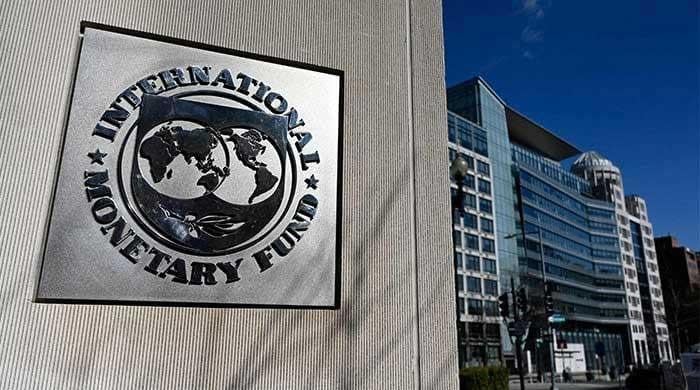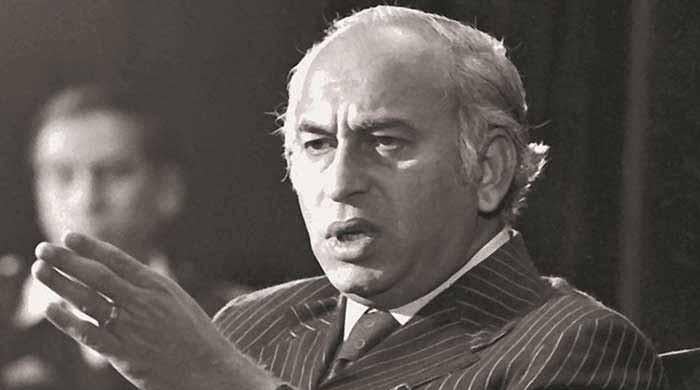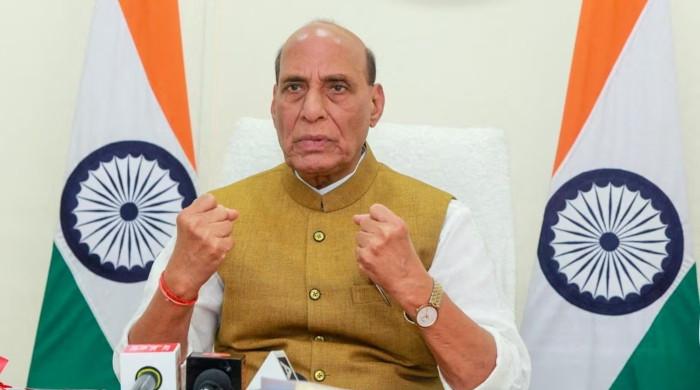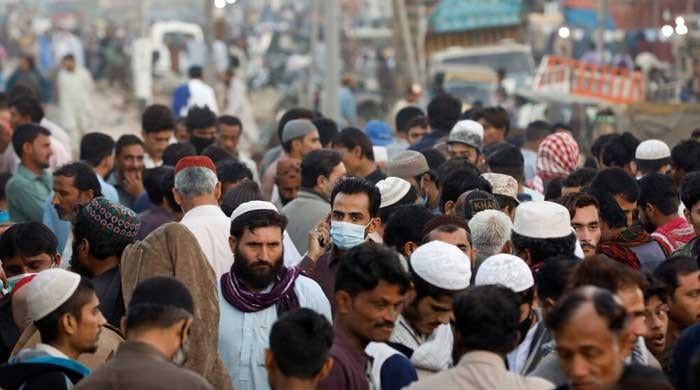Fortress America
Effects of these developments on international student recruitment have been chilling
June 06, 2025

The first five months of the second Trump administration have been characterised by policy chaos in all sectors. This is most obvious in the tariff war US President Donald Trump waged on April 2, ‘Liberation Day’, on all countries of the world simultaneously.
Tariffs, in local parlance, are import duties. As Pakistanis are well aware, every June our finance minister presents the next year’s federal budget and fiddles with import duties (tariffs) on goods. The day the budget is approved, items that had their import duty raised see an immediate increase in local market prices — cause and effect.
Nevertheless, for months, Trump and his spokespersons have been claiming that raising or imposing tariffs on goods from around the world would not raise the prices businesses and consumers would have to pay. Inexplicably, this point was debated for months. The administration continued to claim that somehow importers, middlemen, suppliers and retailers would 'eat' the tariffs, instead of passing them on to customers.
Trump is trying to build Fortress America, self-sufficient in its manufacturing needs and free of immigrants. Fortunately, it did not take years-long demonstration of global economic disruption to realise that Trump’s trade policy needs to be reversed.
Islamabad is thousands of kilometres away from Washington, DC, but even I know that Wall Street does not suffer fools gladly, in government or elsewhere. And so, over several weeks, gradually, country-by-country, Trump retreated from his tariff plan under one pretext or another. This climbdown was as quick as the initial escalation and has earned Trump the reputation that he does not have the stomach to deliver on his tariff threats. Market reaction to the daily firehose of announcements coming out of the White House has dampened significantly. The global meme industry coined this the ‘TACO trade’ (‘Trump Always Chickens Out’). The influence of Big Business, to whom every administration is beholden to some degree, has significantly tempered the wild swings in trade policy.
Business is not the only sector under attack. A few weeks ago, I wrote an op-ed about how the climate in US universities was already changing in the early days of the new administration and what it signalled to international students. What were mere signals a few weeks ago has metastasised into a full-frontal assault on higher education. The Trump administration has made numerous accusations against universities, perhaps in the hope that something might stick — diversity, equity, and inclusion (DEI) policies in admissions that disadvantage white and Asian American students, anti-semitism (read: support for Palestine), and campus environments that are dominated by leftist ideology.
To address these alleged wrongs, the administration is demanding control over, or at least a say, in the running of universities, including their curricula, curtailing academic autonomy. Several Republican-controlled states had already begun banning or limiting the teaching of concepts about diversity, race, gender, etc, and the implementation of DEI initiatives and programmes.
The higher education edicts issued by the White House almost daily have been making the news are all tools of coercion for universities nationwide. So much for states’ rights, which Republicans claim to champion when they are not in power. Coercive actions so far have included withholding of grants and other payments from the federal government to universities, and putting a low cap on the percentage on research grants that universities can claim as indirect cost that institutions charge as overhead, most notably from the National Institutes of Health (NIH) and the National Science Foundation (NSF).
Being the tallest blade of grass and a favourite symbol of conservatives’ disdain for higher education, Harvard University is at the moment bearing the brunt of it. Another reason Harvard has been making headlines in this context is that it has responded by taking the Trump administration to court. That may have something to do with the fact that Harvard has the largest endowment of any single university, a little more than $50 billion, and can afford to take a principled stand.
In contrast, Columbia University and MIT have adopted much more ‘cooperative’ approaches, in line with the administration’s wishes. As you go down the list of endowment funds by size, the figures quickly drop off significantly, meaning that the vast majority of universities either lack the will or the resources to fight back for too long. Many universities are reported to be quietly negotiating with the administration.
As a likely retaliation, Harvard has seen more than $2 billion of payments held up. The ‘One Big Beautiful Bill Act’ recently passed by Congress, which is making its way through the Senate, will also raise the existing tax rate of 1.4% on income from university endowments by imposing a tiered tax rate ranging from 1.4% all the way up to 21%.
However, the most damaging retaliation may be the Department of Homeland Security rescinding Harvard University's Student and Exchange Visitor Program (SEVP) certification. This will prevent the university from enrolling new international students. Its current international students either must transfer to another university or face the possibility of losing their non-immigrant status. While Harvard might weather that storm, most universities today rely on the much higher tuition fees international students pay to balance their budgets. The message to all of them is clear: Fall in line or else.
Piling on further, this week, just as the student visa application cycle for the next academic year begins, the State Department announced a freeze on scheduling new student and exchange visa interviews at US embassies worldwide, while it plans an expanded social media vetting process. This would affect international student recruitment for all US universities. Chinese students have been singled out as it was announced that the US would 'aggressively' revoke visas of students connected to the Chinese Communist Party or studying in critical fields.
Unsurprisingly, the effects of these developments on international student recruitment have been chilling. Since January, data from different sources has been telling the same story: there has been a huge year-over-year drop in international applicants' interest in studying at US universities, particularly in graduate programmes such as MA/MS, PhDs. Reported drops range from 38 to 50%. Correspondingly, there are increases in interest for Canada, the UK, Australia, Germany and New Zealand. Recent aggressive immigration actions against international students and other foreign nationals who are in the US legally have brought things to a point where travellers are even avoiding travelling by American-owned airlines or any itineraries with connections at US airports.
In recent years, the societal mood in many countries has drifted rightward, and they have become less welcoming towards immigrants and international students. This can make securing student visas more challenging. That may be a contributing factor to some universities’ decision to establish overseas campuses. For example, India just saw the opening of a campus of the University of Southampton in Delhi which is soon to be followed by five more: the UK’s University of Liverpool, Australia’s Victoria University and Western Sydney University, Italy’s Istituto Europeo di Design, and the US’ Illinois Institute of Technology. Several UK universities are operating split programmes with universities in China and India. Many others are taking the approach of opening campuses in the UAE, a developing and increasingly sought-after regional destination for higher education and work.
Trump can get away with attacking universities the way he has because Americans' support for colleges is slipping. Last year, Gallup and the Lumina Foundation conducted a poll on Americans’ confidence in higher education. In 2015, 57% of those surveyed expressed a ‘great deal’ of confidence in higher education. By 2024, that figure had slipped to a mere 36%. With support from only a little over a third of the population, coupled with higher education’s affordability crisis, for a self-proclaimed populist, picking the side hostile to universities is a simple calculus.
Unfavourable public opinion and the fact that, unlike Big Business, academia does not enjoy the same level of influence on political administrations, and with no visible opposition on the horizon, it looks like US universities will continue to sink on the priority lists of aspiring international students for at least the next few years.
The writer (she/her) has a PhD in Education.
Disclaimer: The viewpoints expressed in this piece are the writer's own and don't necessarily reflect Geo.tv's editorial policy.
Originally published in The News









